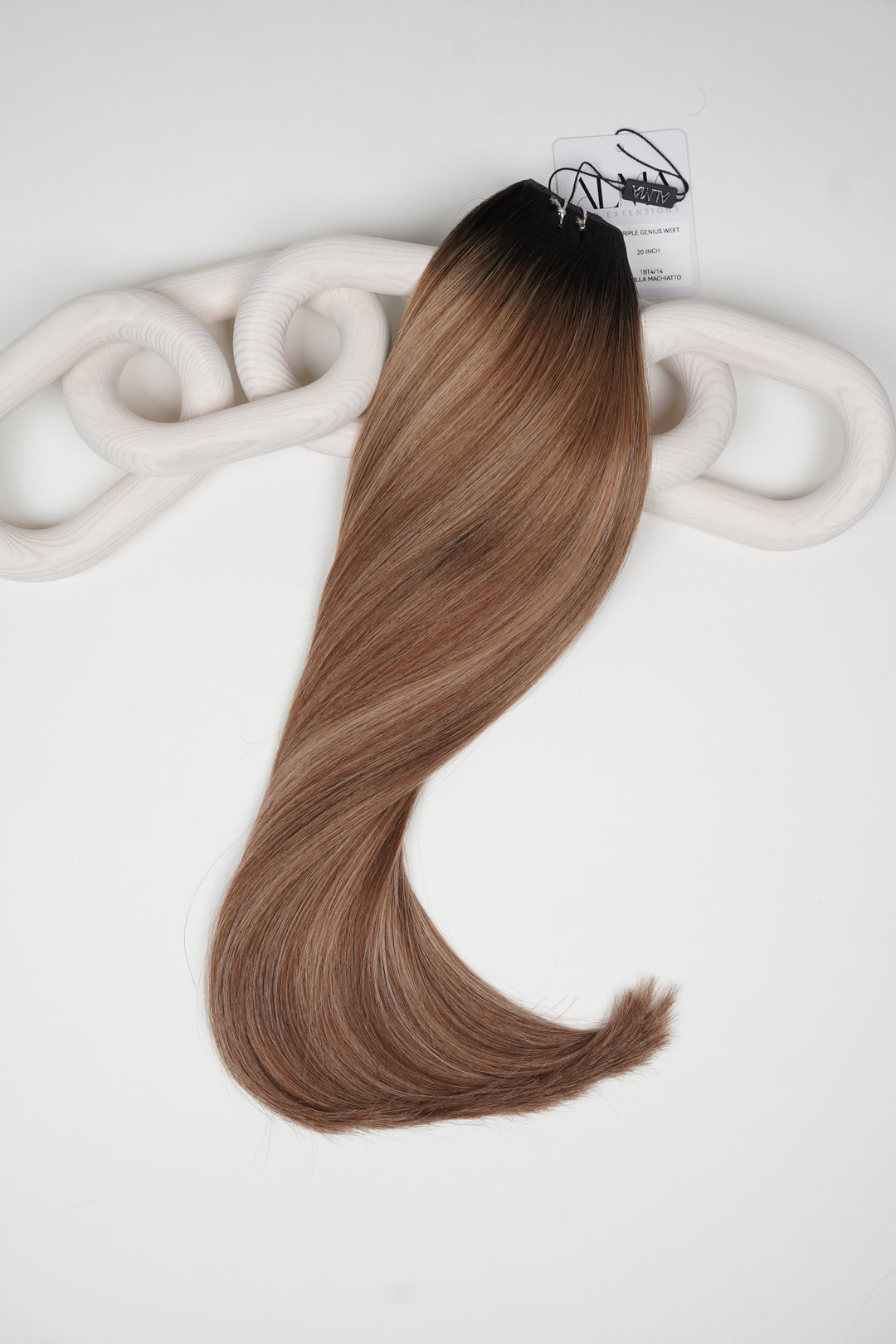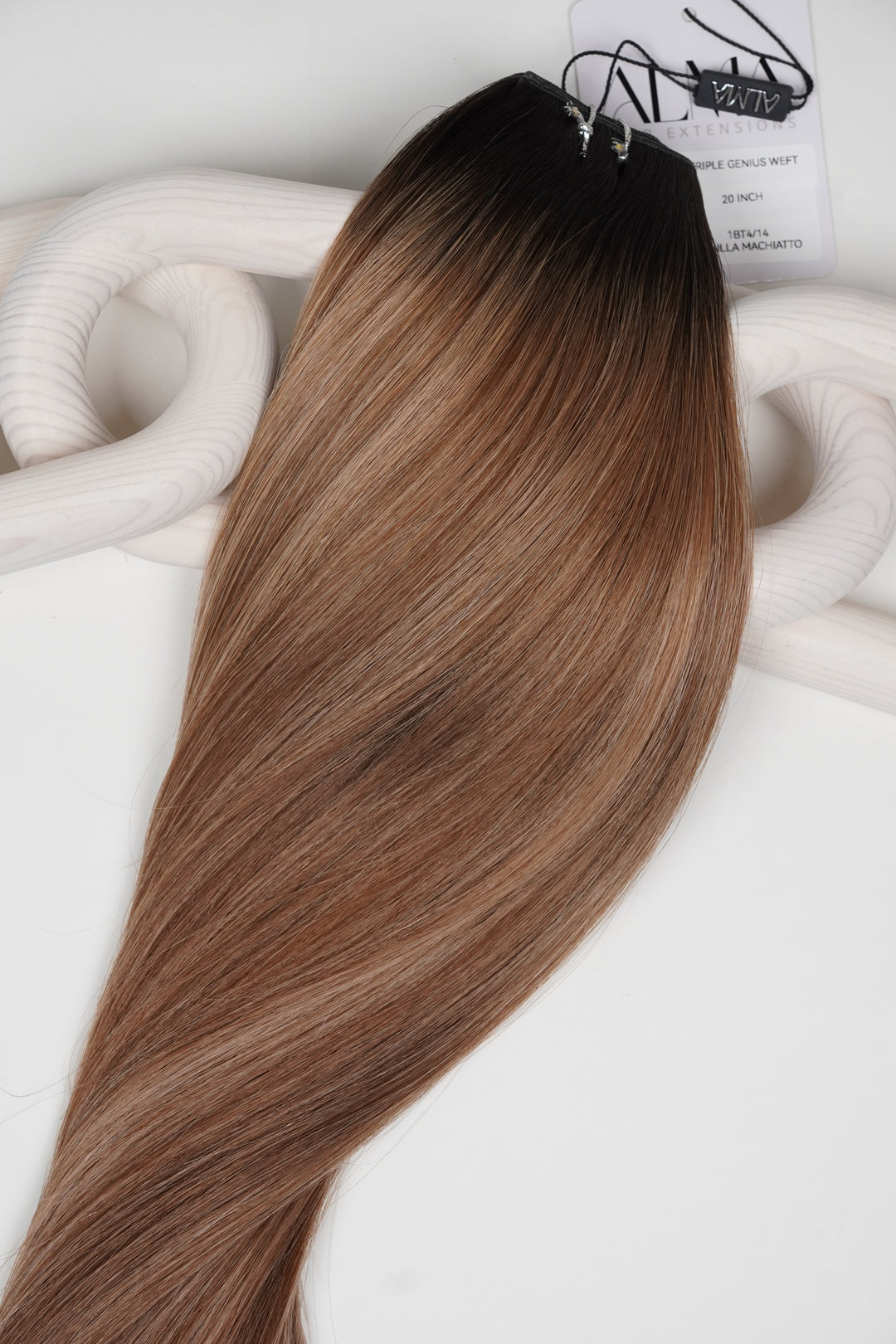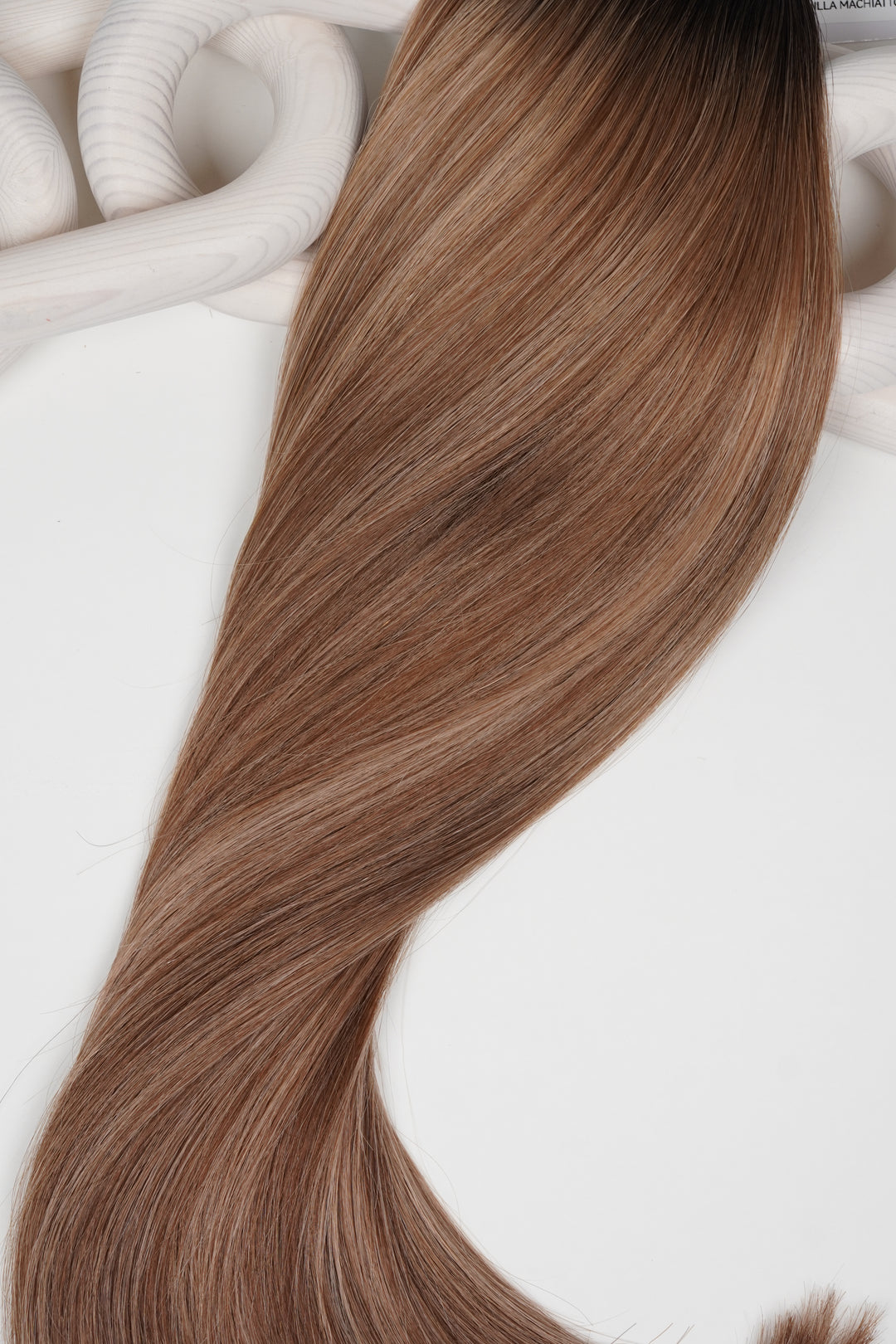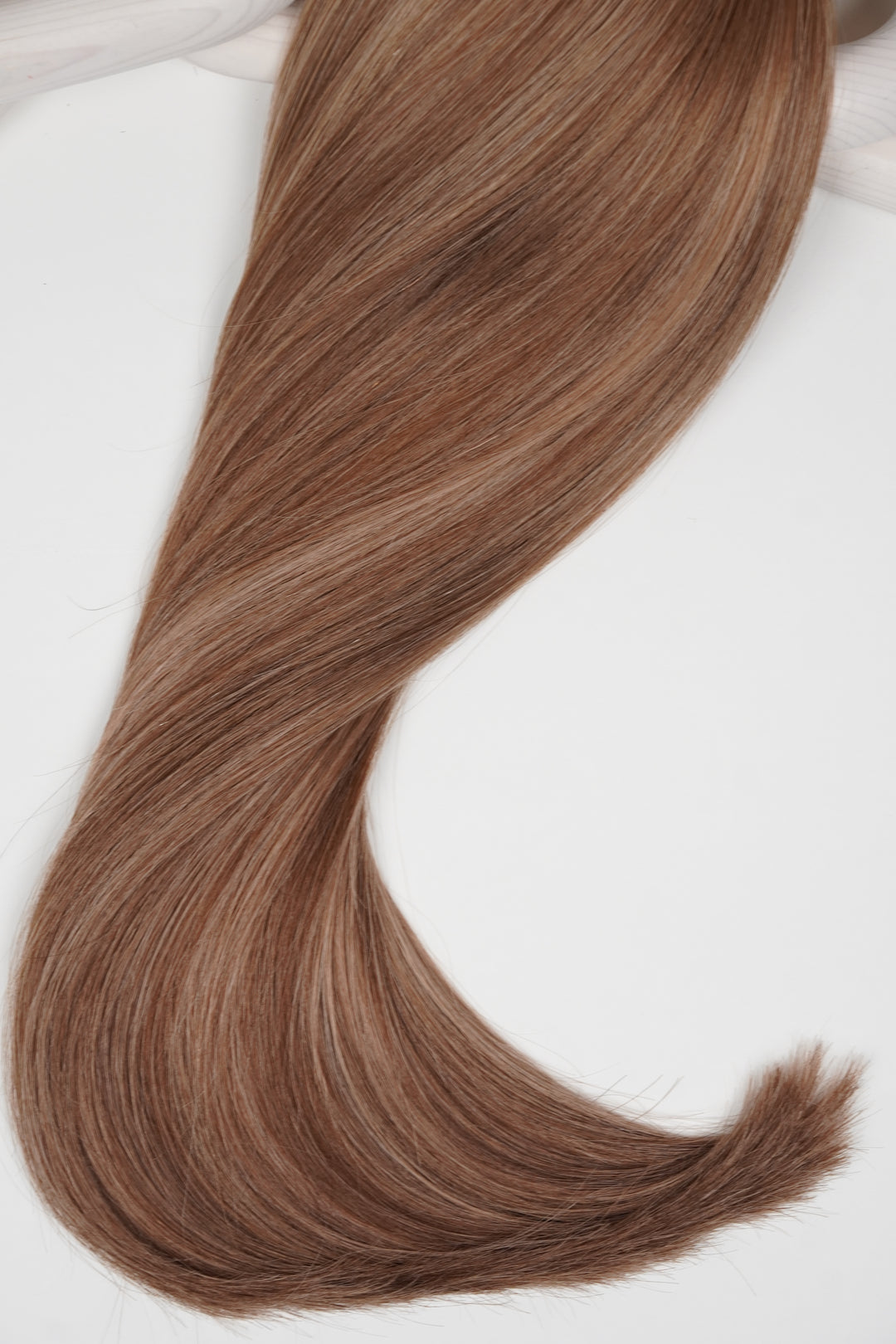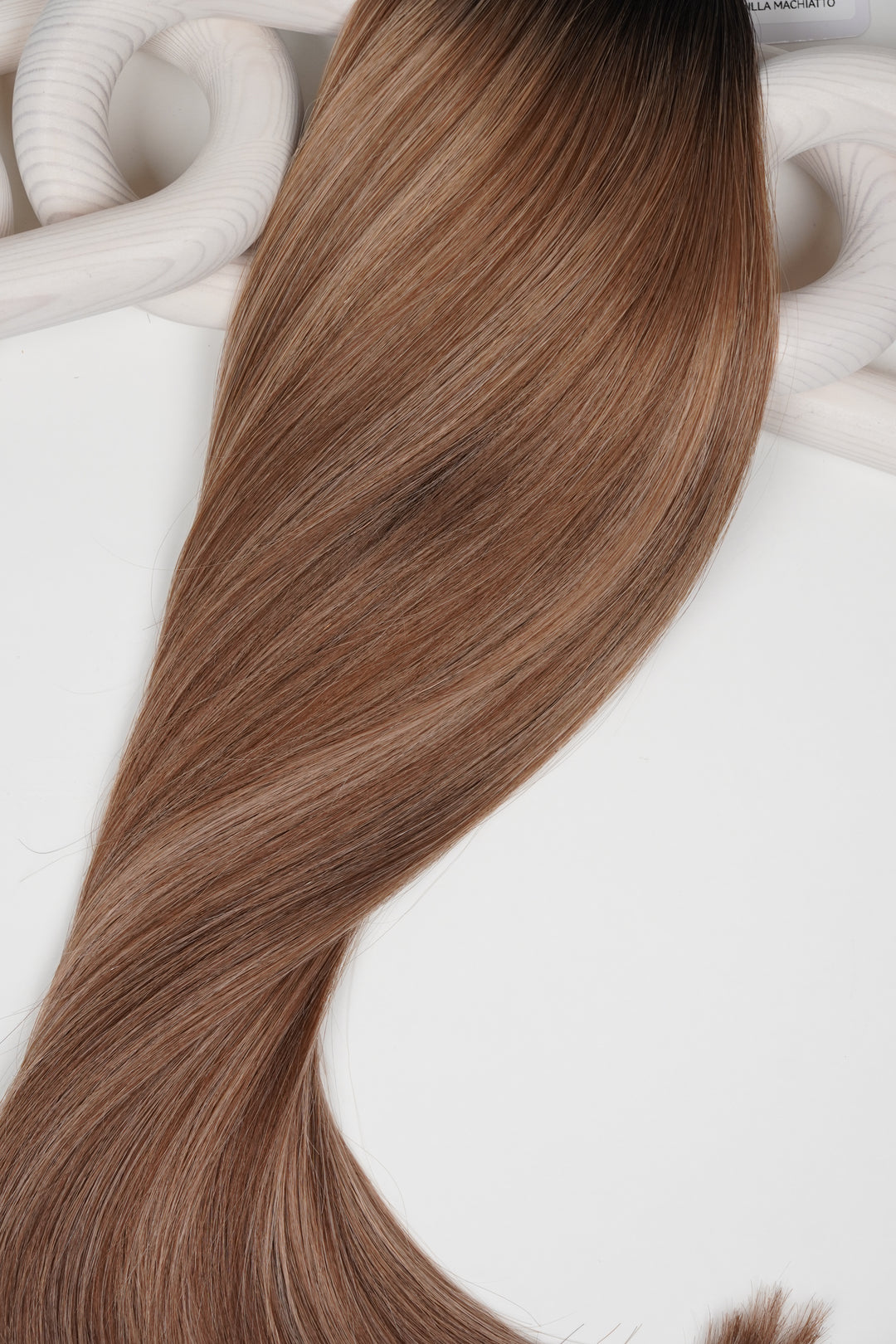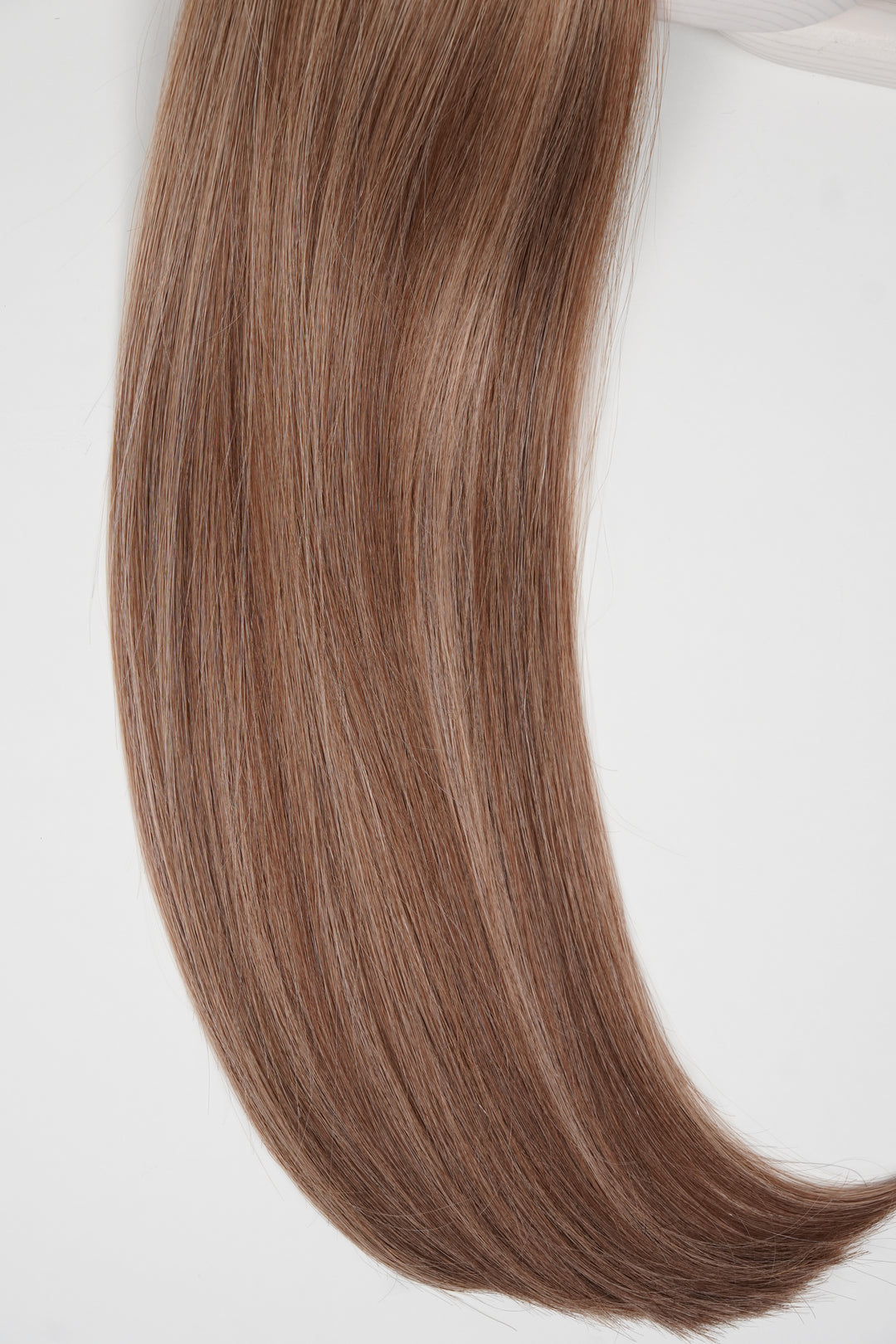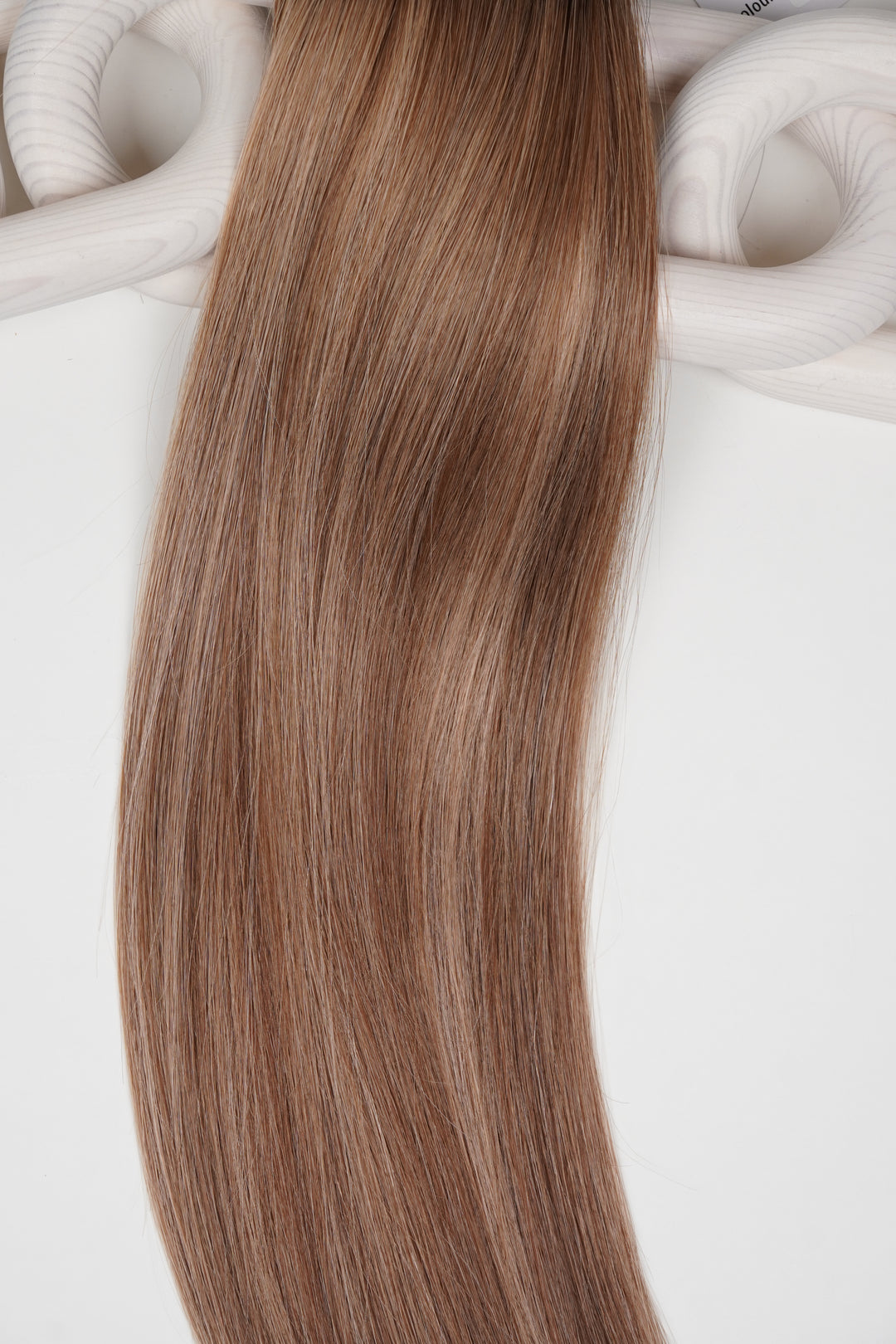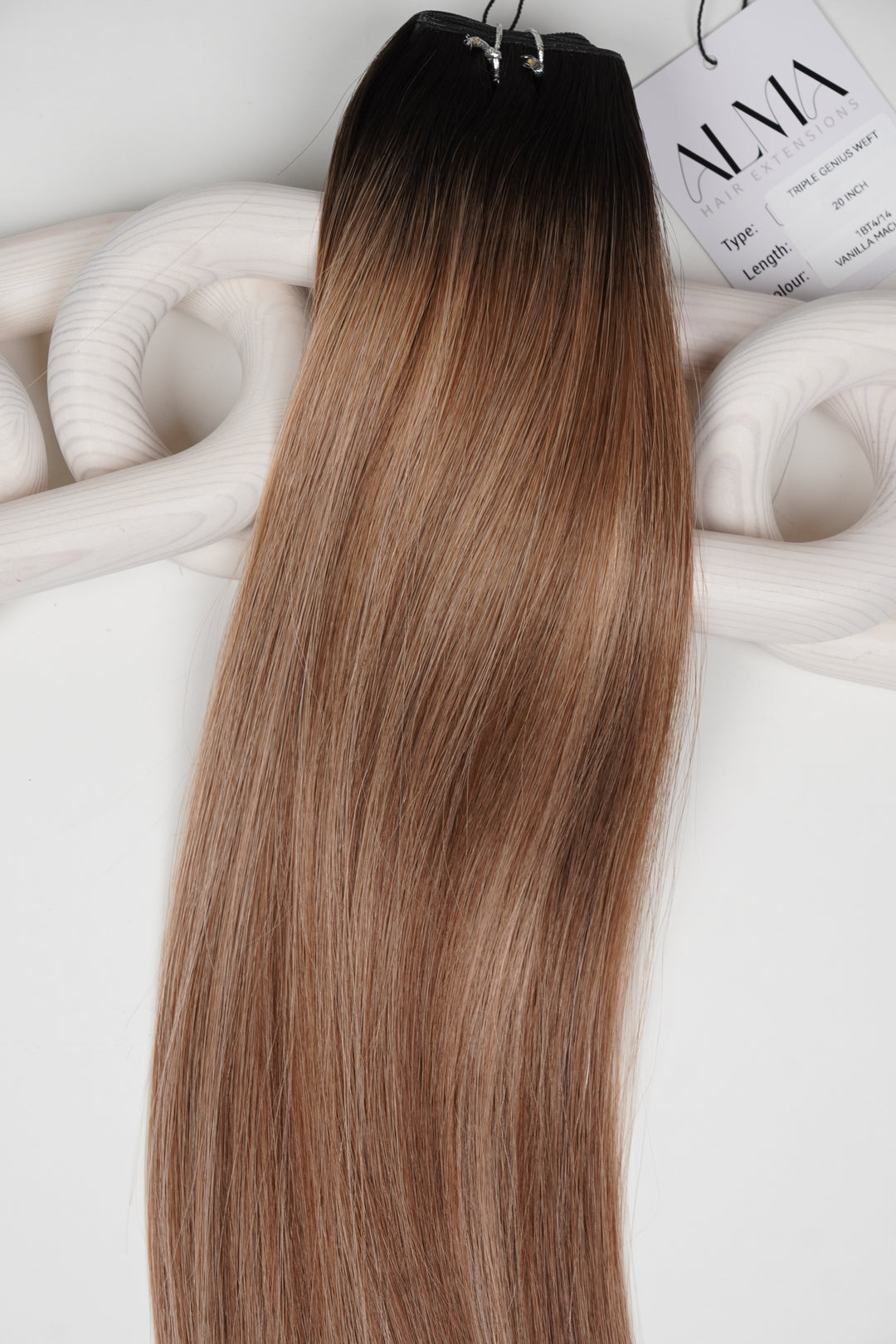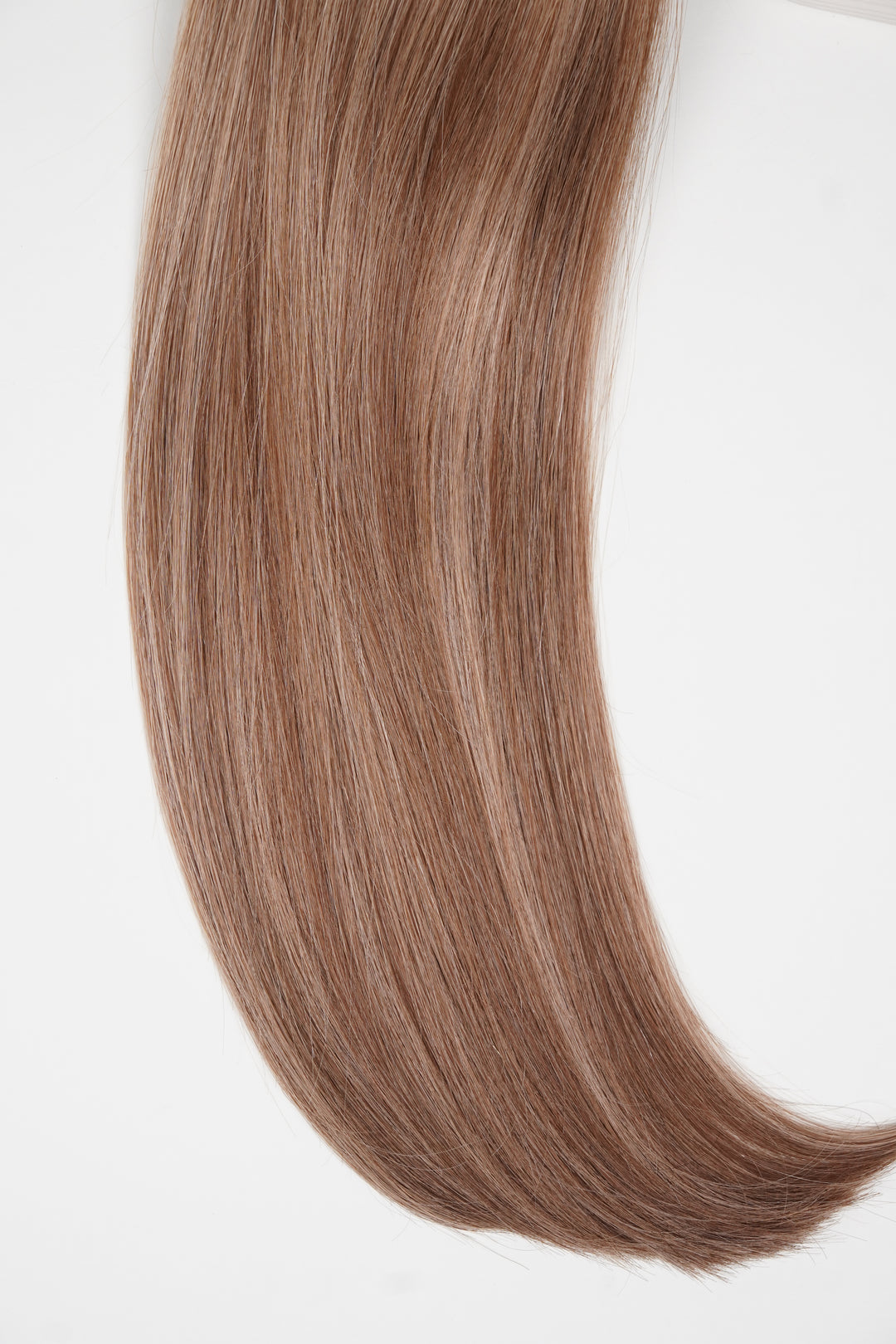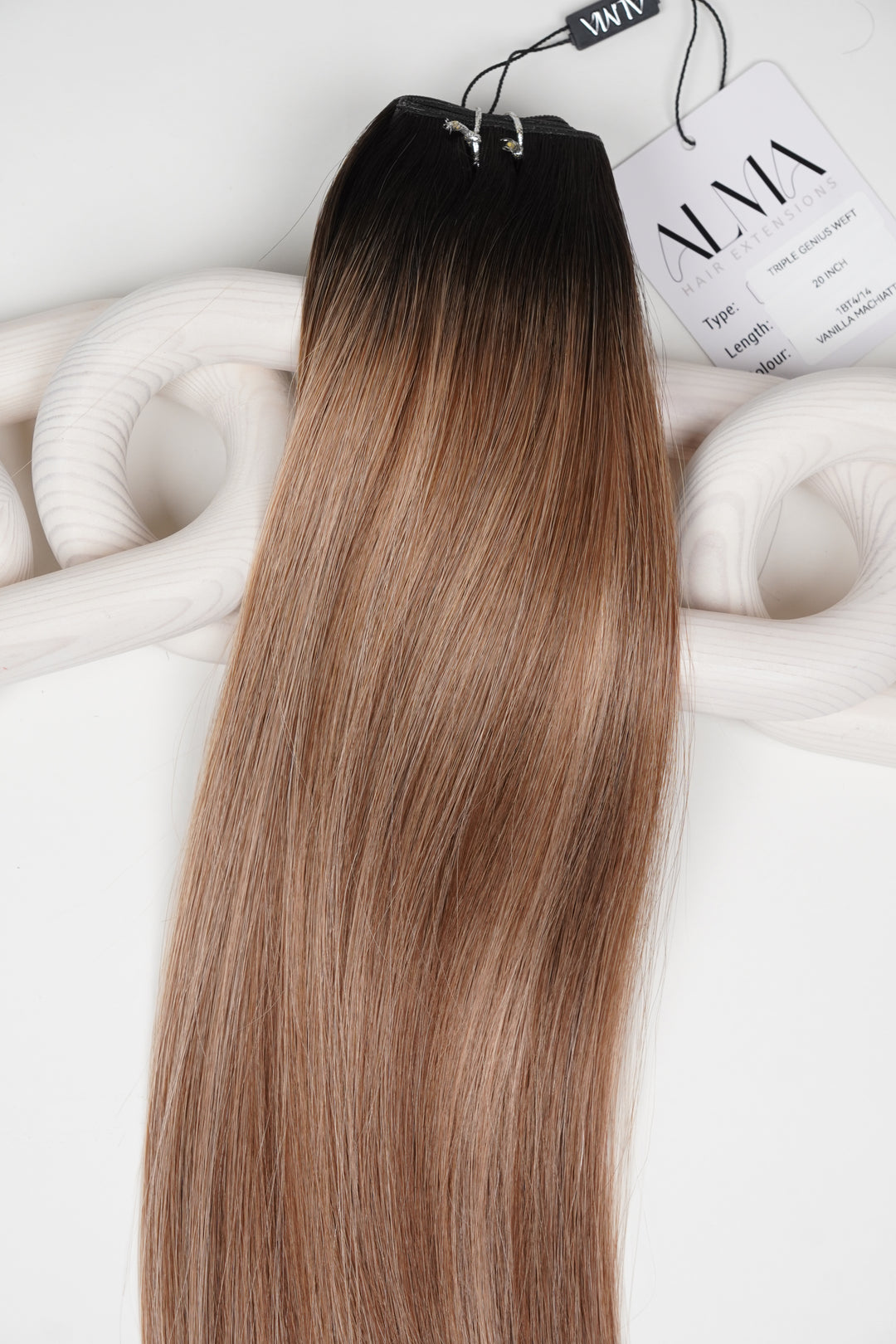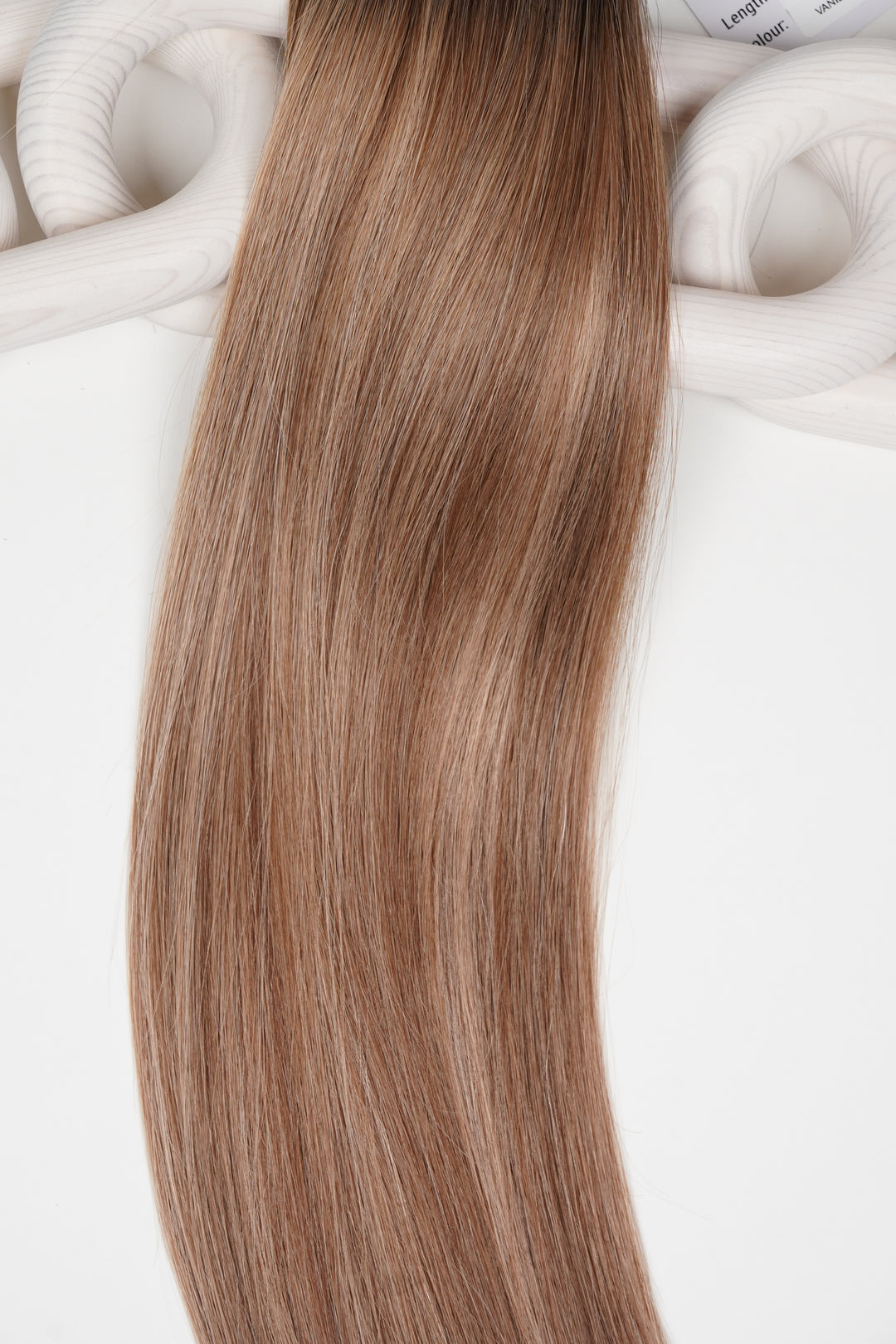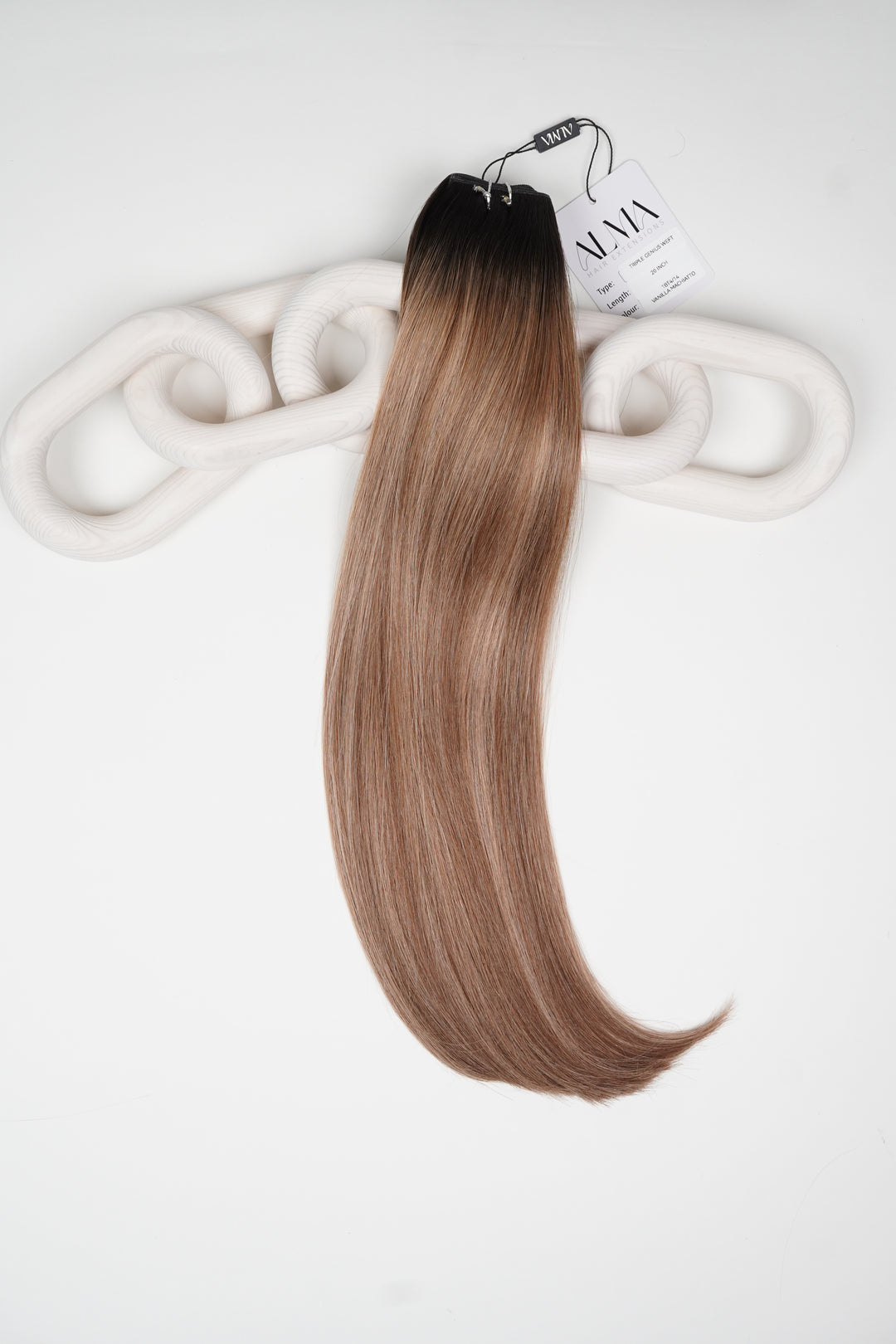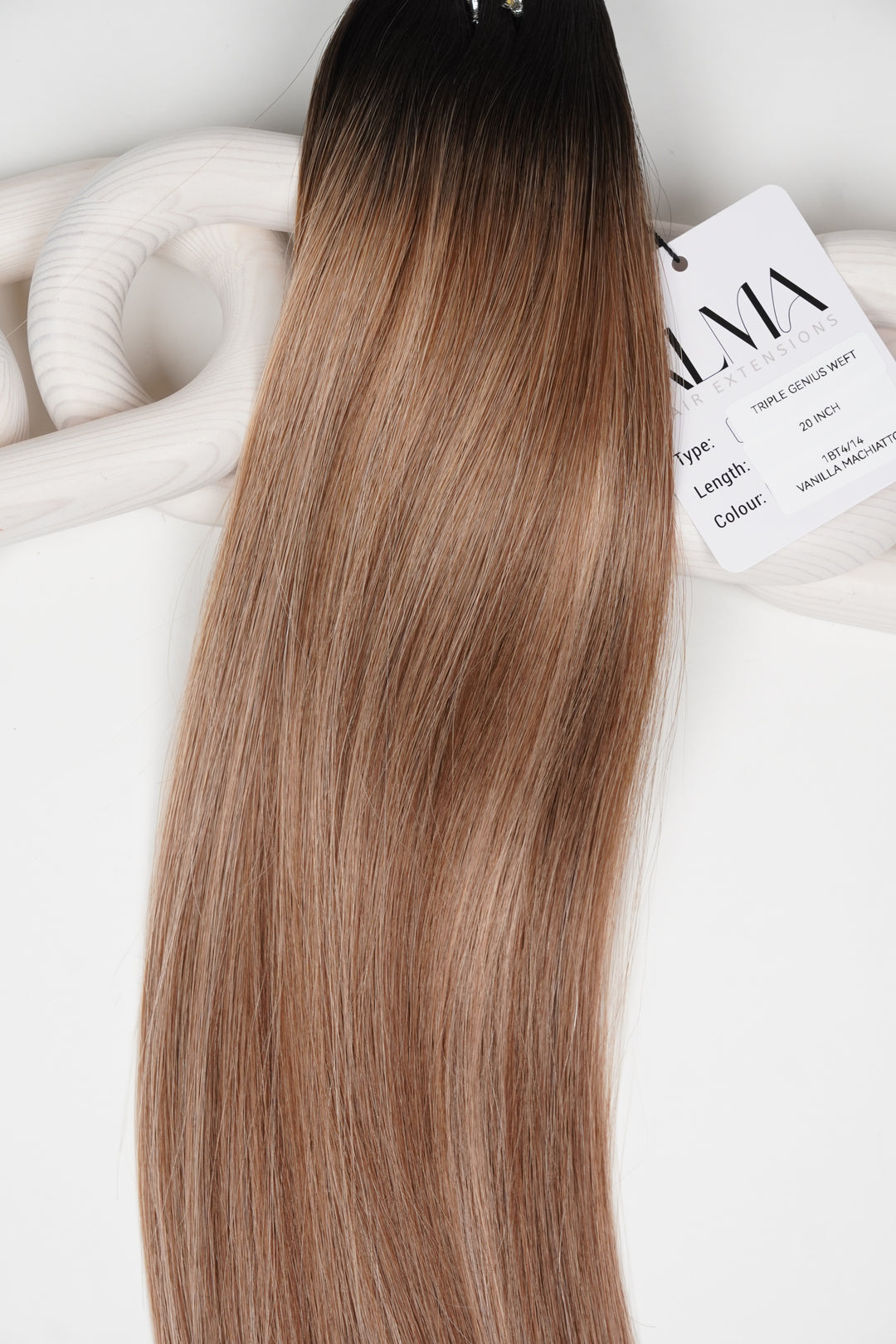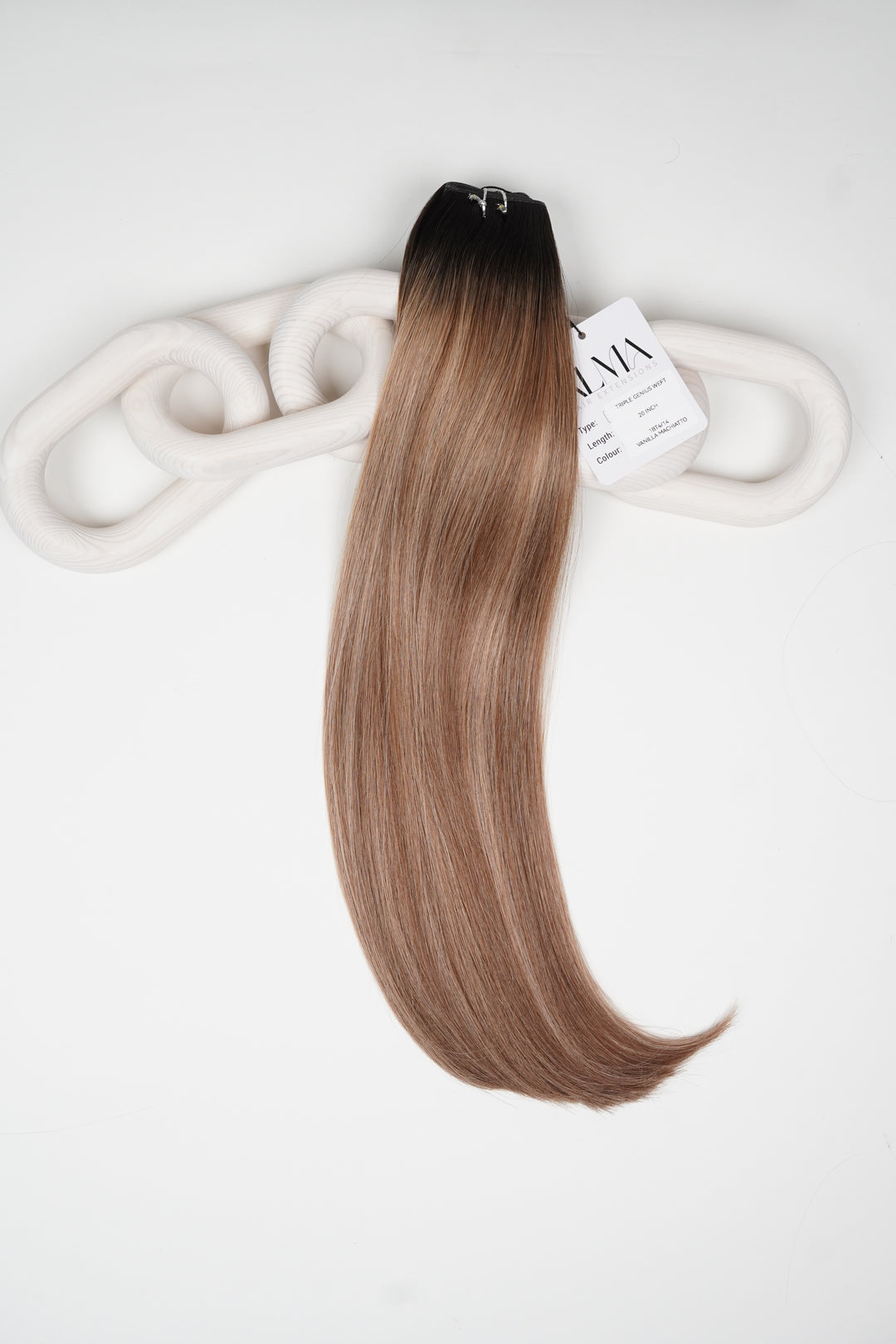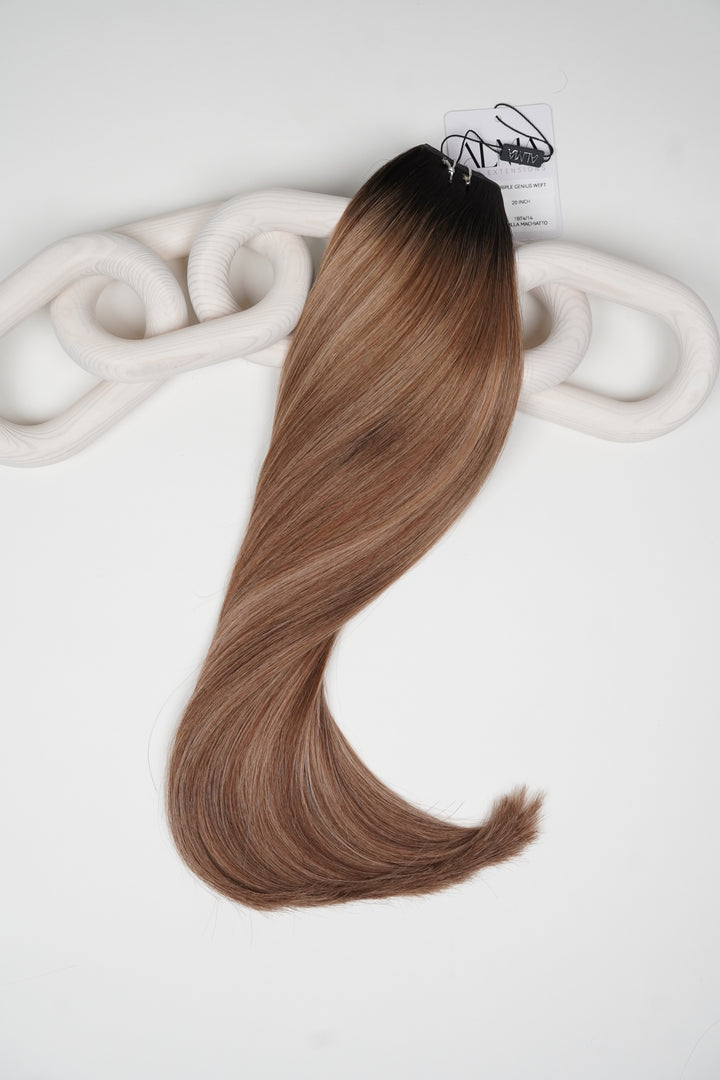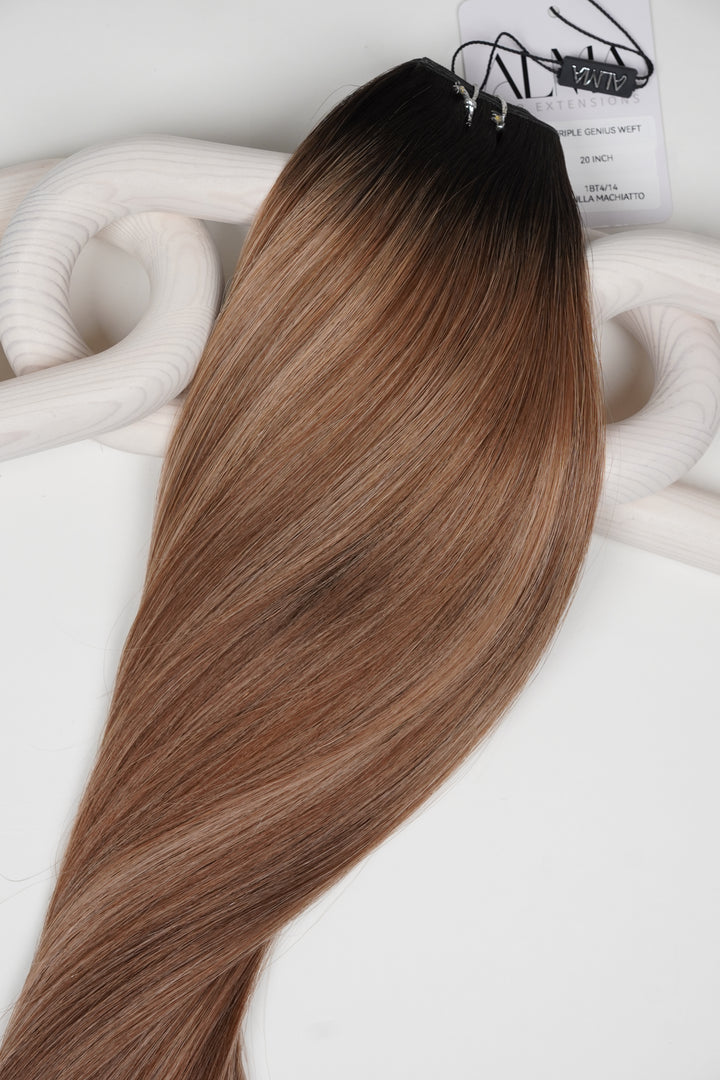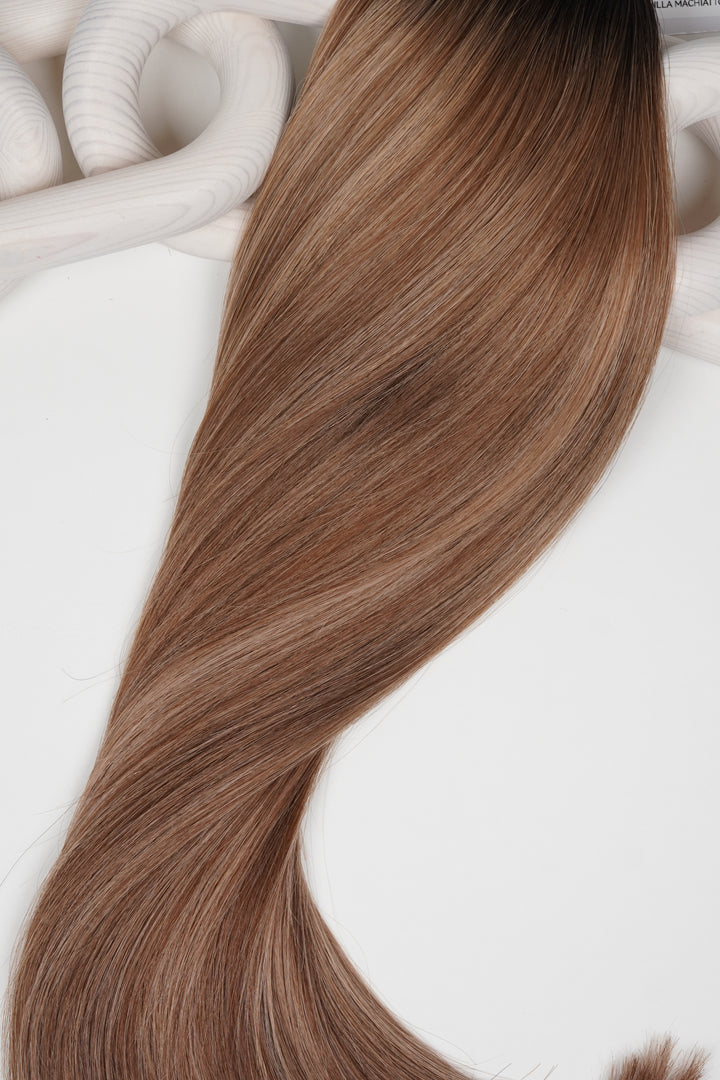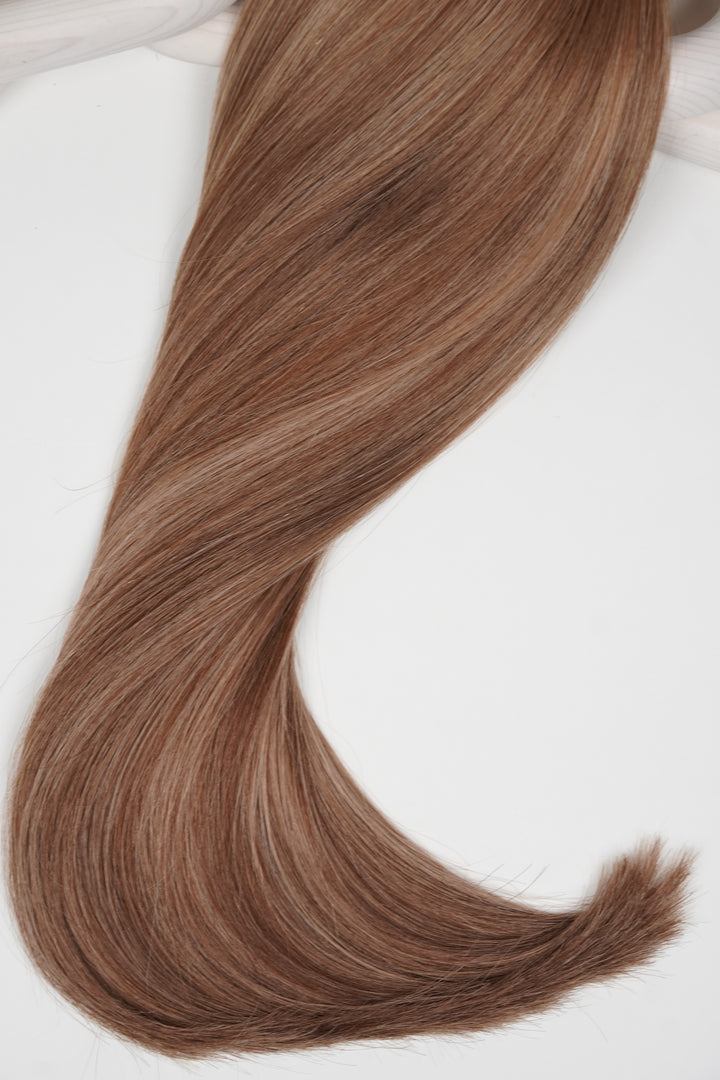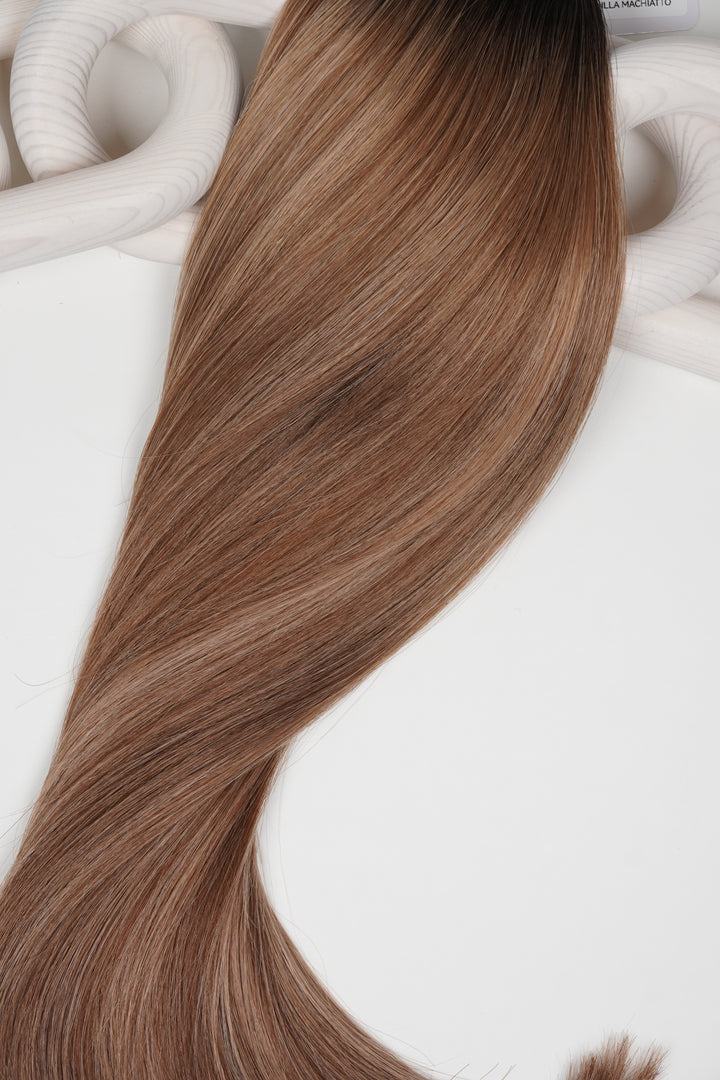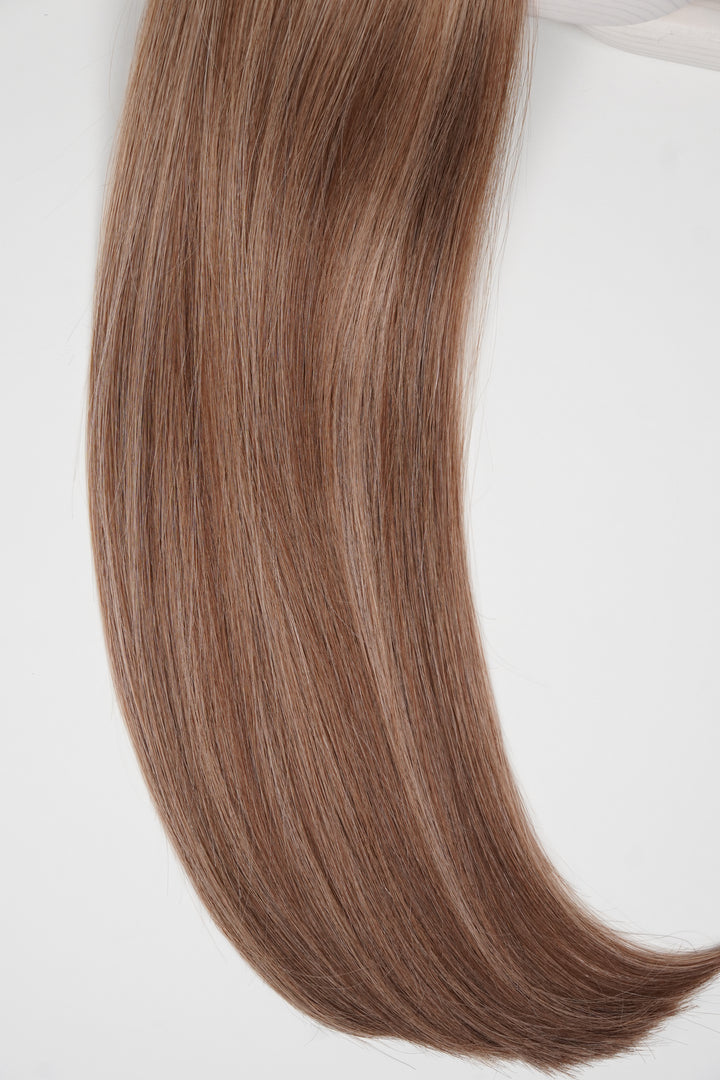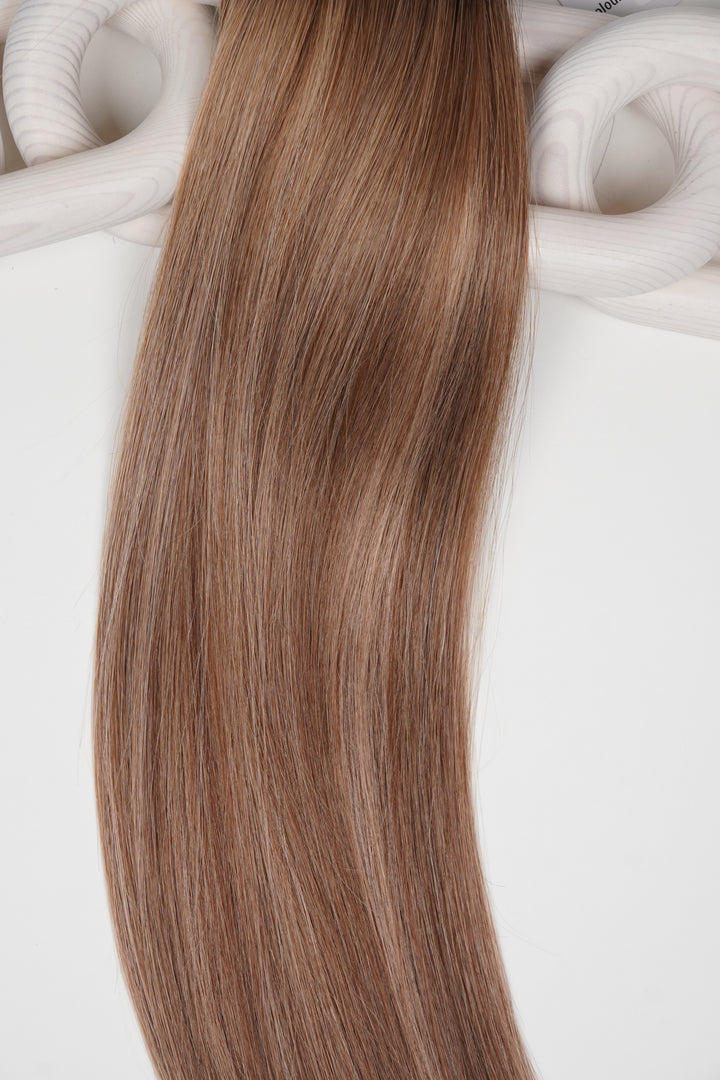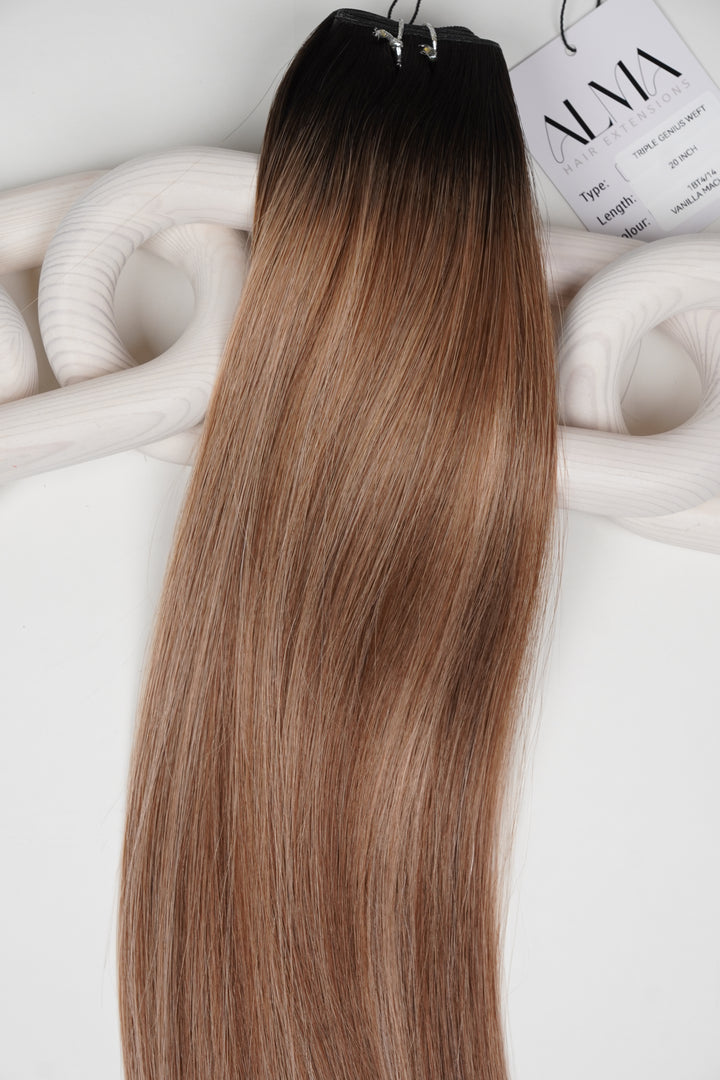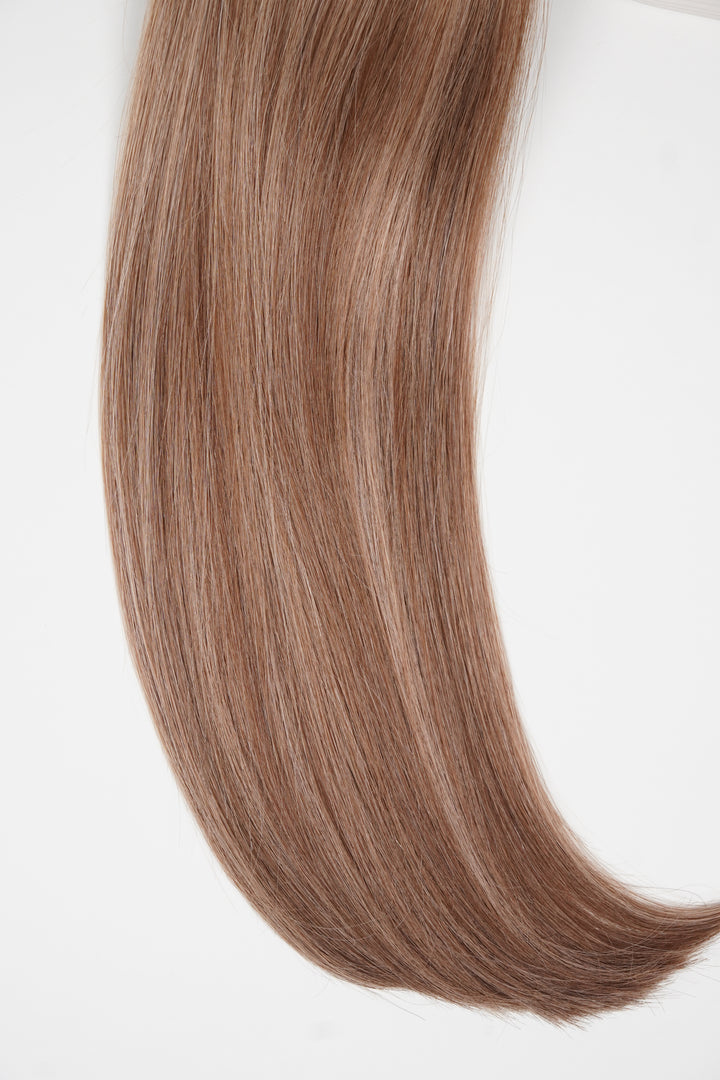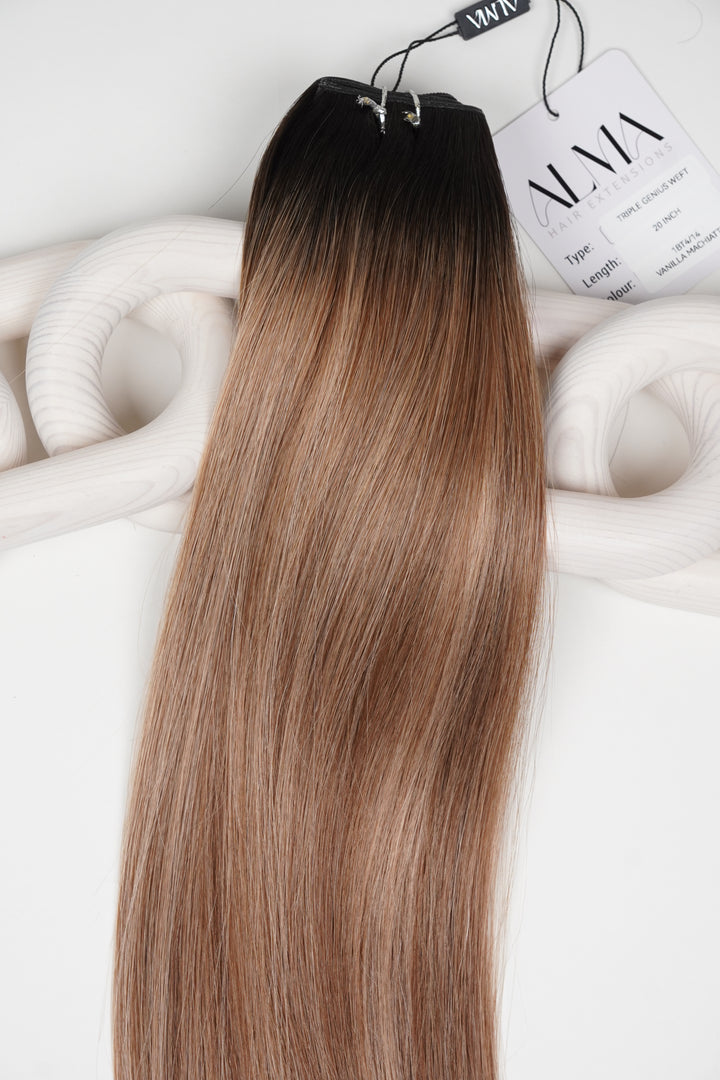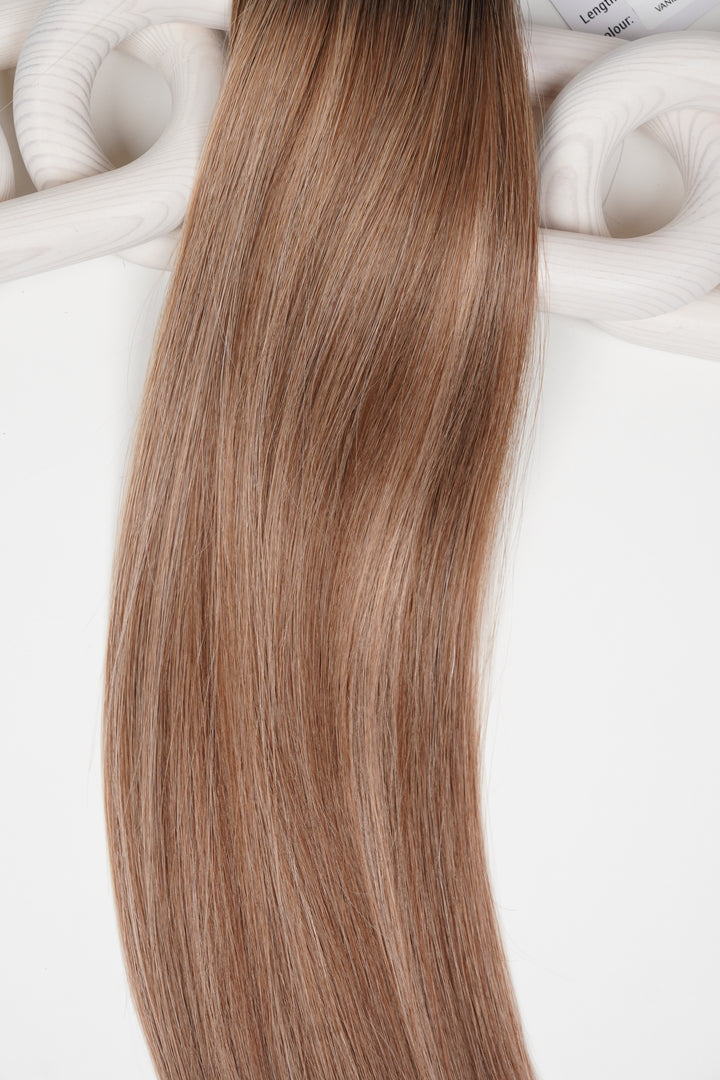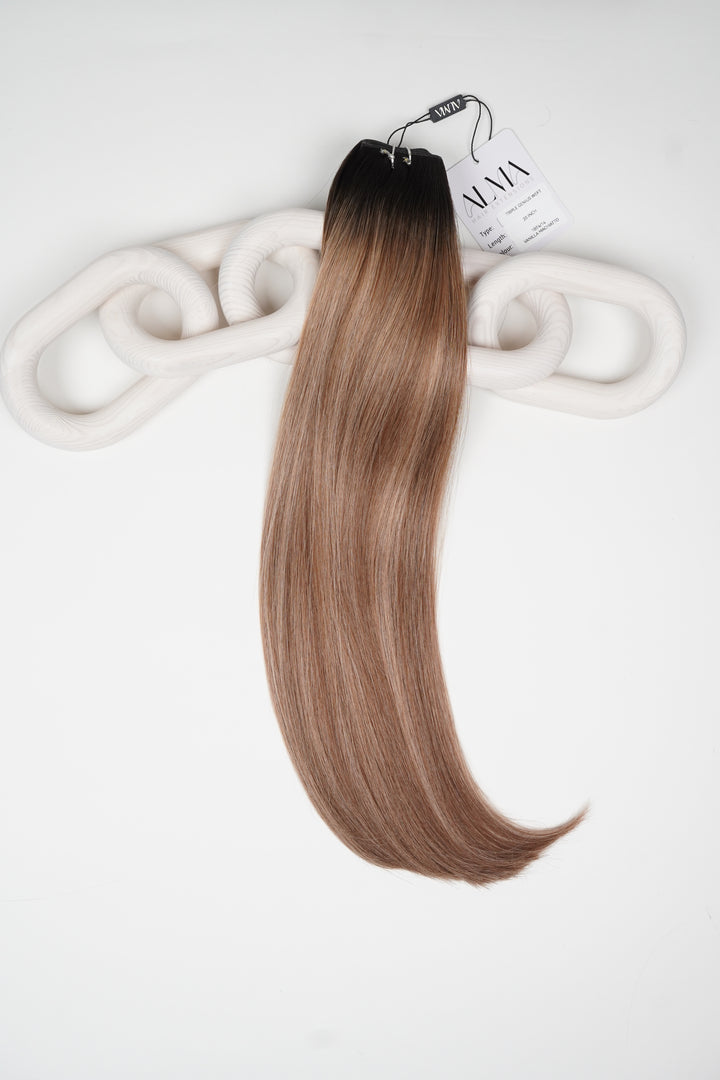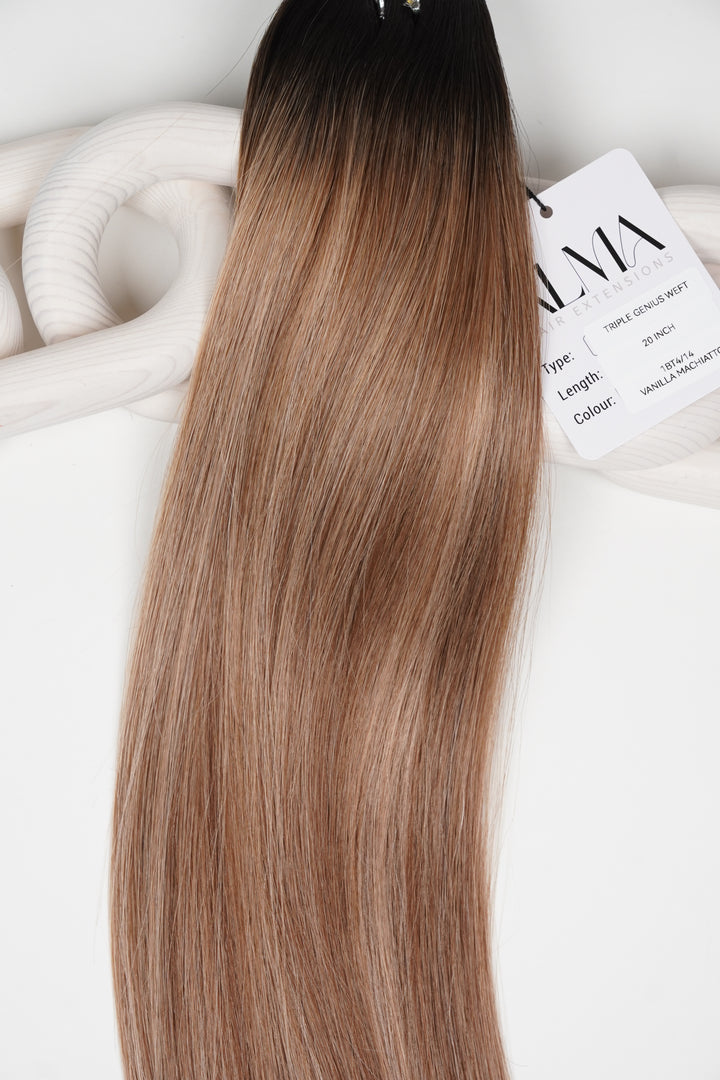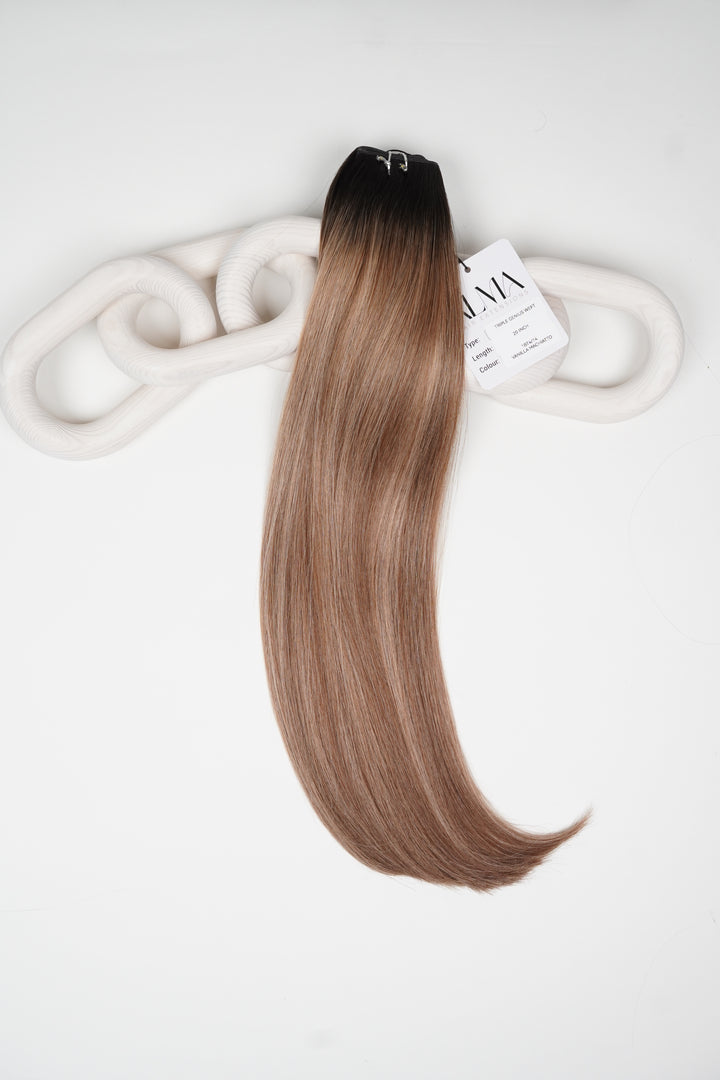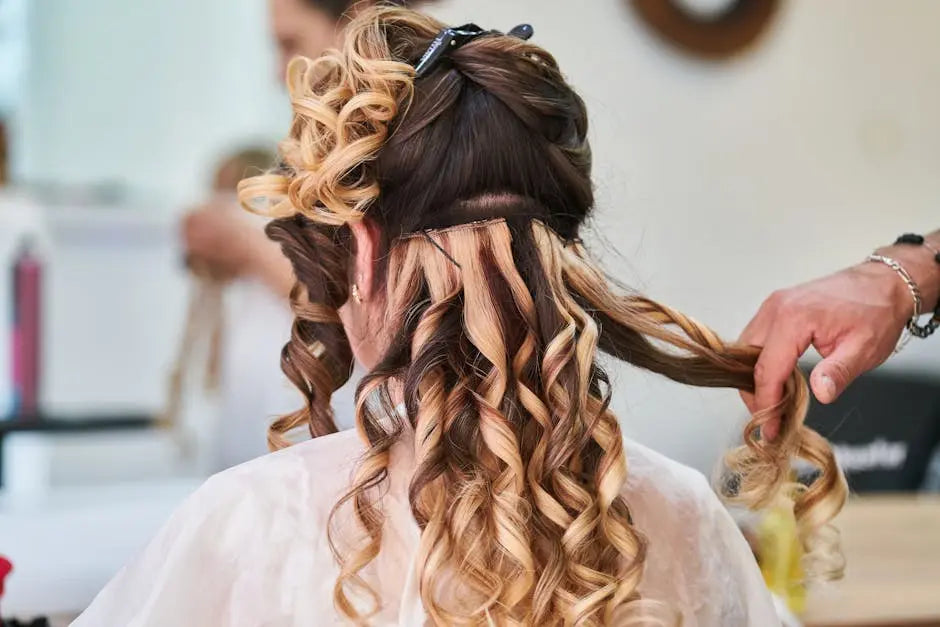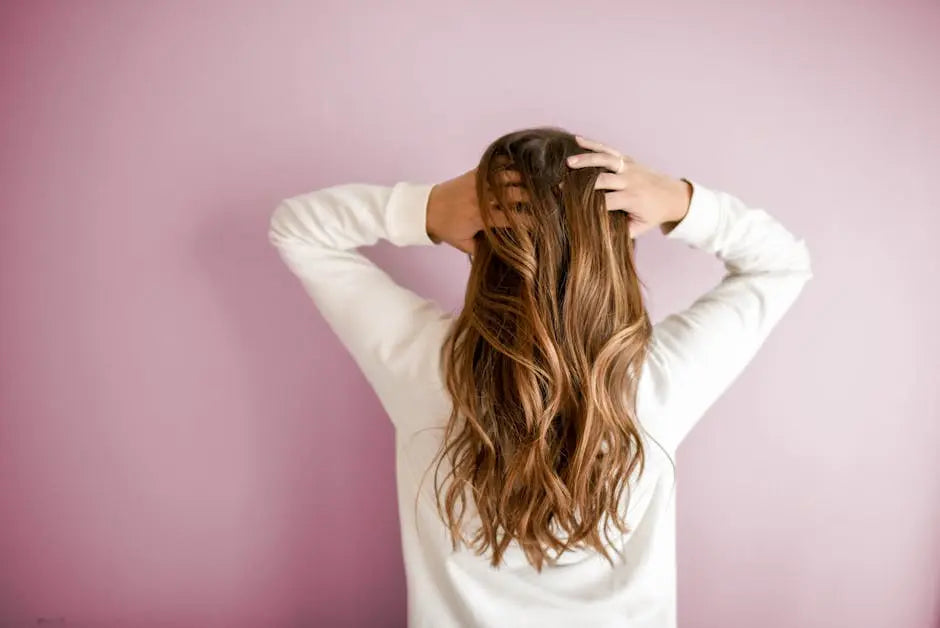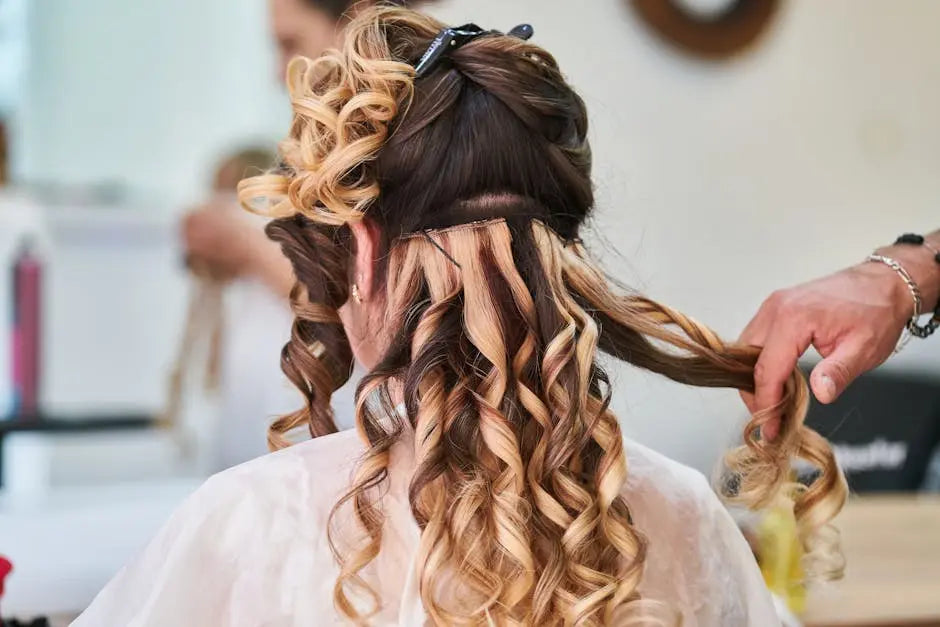How Are Custom Hair Extensions Crafted?
Custom hair extensions have become increasingly popular for their versatility and natural look. But have you ever wondered how these beautiful pieces are made? In this blog, we’ll take a closer look at the process of crafting custom hair extensions from start to finish.
Step 1: Sourcing the Hair
The first step in crafting custom hair extensions is sourcing high-quality hair. This hair can come from various donors or be collected from ethical suppliers, ensuring that it is healthy and suitable for extensions.
Different textures and colors can be sourced to meet the diverse needs of customers. Whether someone is looking for straight, wavy, or curly hair, capable suppliers can provide all these options and more. This attention to detail sets the stage for creating perfectly matched custom hair extensions.
Ethics also plays a major role in this process. Responsible sourcing not only contributes to the quality of the hair but also ensures that the donors are treated with respect. This means that the hair is sourced in a way that honors the individuals who provide it, further enhancing the integrity of the final product.
Step 2: Cleaning and Preparing the Hair
Once sourced, the hair is thoroughly cleaned to remove any impurities. This preparation is crucial to ensure that the extensions maintain their quality and look natural.
During the cleaning process, natural oils and residues are removed without stripping the hair of its essential nutrients. This careful approach contributes to ensuring the final extensions have a soft, luxurious feel.
After cleaning, the hair is inspected closely. This involves looking for any damaged strands that may need to be trimmed away. Only the best quality hair makes it to the next stage, which reinforces the commitment to providing top-notch custom hair extensions.
Step 3: Coloring and Matching
Next, the hair is colored to match the desired shade. Professional colorists use various techniques to ensure the extensions blend seamlessly with the customer’s natural hair.
Color matching involves not just replicating a single tone but also accounting for subtle highlights and lowlights that exist in natural hair. This complexity allows the custom hair extensions to appear as natural as possible.
Use of high-quality dyes ensures that the hair retains its integrity throughout the process. Advanced methods, like balayage or ombre techniques, are sometimes employed to add dimension to the color, making them look strikingly similar to one’s own hair.
Step 4: Constructing the Extensions
Finally, the cleaned and colored hair is carefully sewn or bonded into wefts or clip-ins, depending on the type of extensions being crafted. Precision is vital to ensure durability and a natural appearance.
The construction process can vary based on the method chosen by the client, whether they prefer tape-ins, wefted extensions, or clip-ins, each method requires skill. Expert technicians ensure that the extensions are installed securely, allowing the client to wear them confidently.
Attention to detail during the construction phase is essential. Techniques like double-wefting provide added strength to the extensions, enabling them to withstand styling over time. This step directly influences the lifespan and overall satisfaction of the customer, making it a critical part of the crafting process.
In Summary
Custom hair extensions not only enhance your beauty but also offer a great deal of personalization. Understanding the crafting process helps you appreciate the artistry and skill involved. Whether you’re considering them for a special event or everyday wear, custom hair extensions can transform your look in significant ways.





